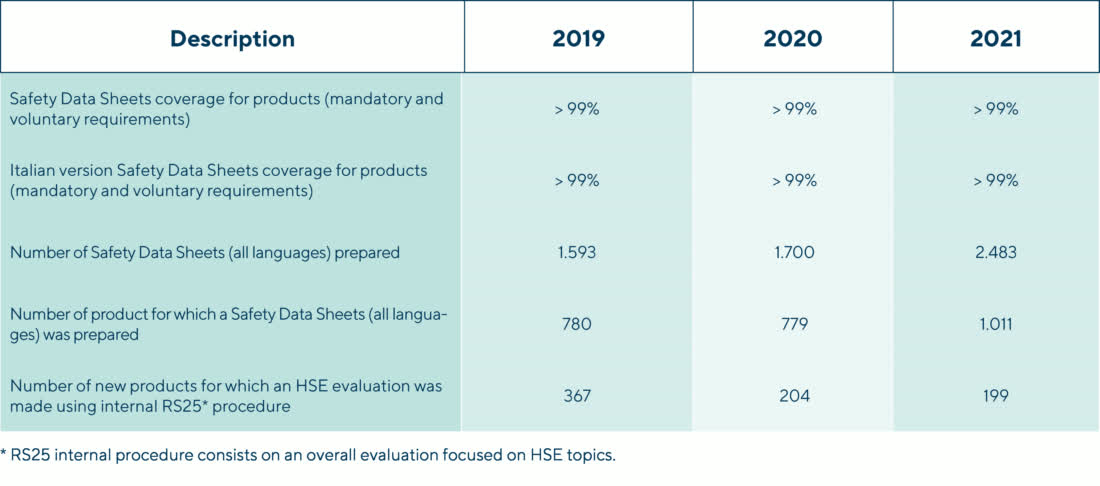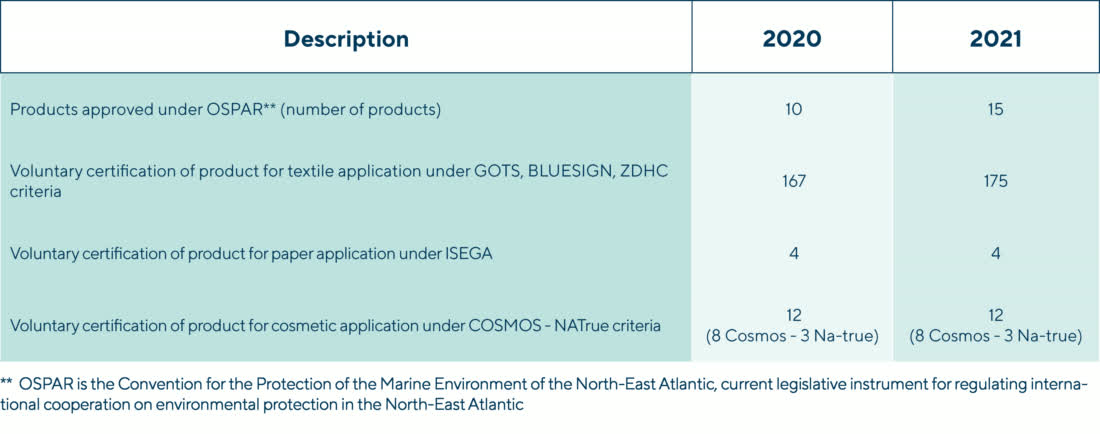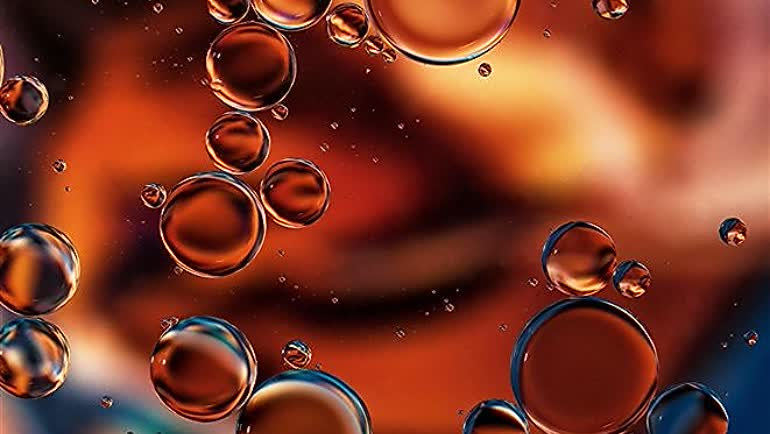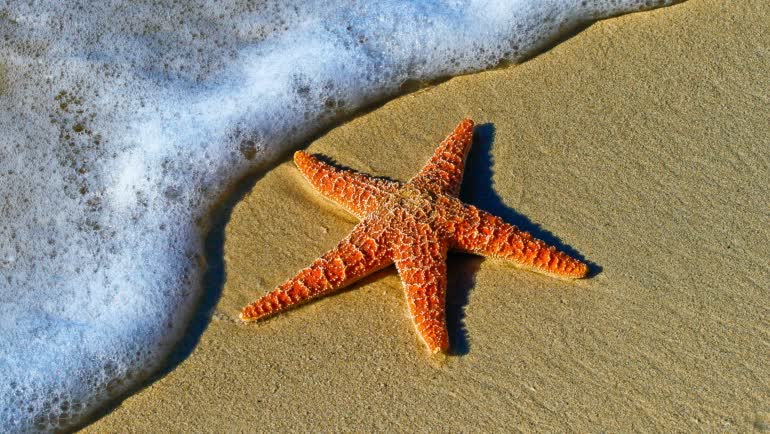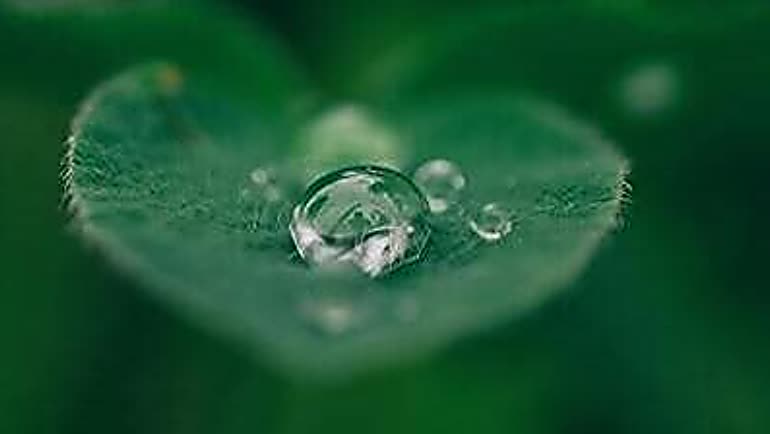Health, Safety and Environment
Product safety is not only a material topic but also a fiduciary duty to our customers, the environment, and society at-large. Adherence to procedures and guidelines based on Health, Safety and Environment (HSE) regulations is part of our product stewardship commitment towards reducing potential negative effects on the environment, health and safety along the entire value chain – from development to disposal.
There were no incidents resulting in fines, penalties, or warnings of non-compliance with regulations and/or voluntary codes concerning the health and safety impacts of products and services within the reporting year 2021.
